Administrative communications are a pivotal element in organizing transactions, making decisions, and documenting processes within organizations. Effective management is crucial to ensuring efficient performance and business sustainability. However, reliance on traditional paper-based forms still poses significant challenges, most notably: slow procedures, high costs, frequent human errors, and difficulties in tracking and archiving .
In light of these challenges, digital transformation emerges as a radical solution that not only accelerates transactions, but also reshapes the work environment through automation, security, and intelligent performance analysis .
First: The reality of traditional administrative communications and its challenges
Given the increasing challenges organizations face due to their reliance on traditional paper-based systems, digital transformation emerges as an indispensable strategic option. Digital transformation is no longer just a technical trend; it has become an imperative to rebuild administrative communications infrastructure on modern foundations that ensure speed, accuracy, and security .
By leveraging digital technologies, organizations can overcome the shortcomings of paper-based models and achieve effective electronic integration that redefines the way transactions are handled and enables employees to access and share information efficiently .
Digital transformation represents an opportunity to redesign administrative processes to be more flexible, traceable, and aligned with governance and compliance requirements, putting the organization on a clear path toward organizational excellence and sustainability .
Paper-based work environment: a traditional, cumbersome system
In many organizations, administrative communications still rely almost entirely on paper as the primary means of processing official transactions. This includes outgoing and incoming correspondence, periodic reports, meeting minutes, administrative forms, and internal memos . These documents are managed through traditional means such as printing, manual filing, and physical distribution, creating a work environment that is burdened with procedures, limited resources, and vulnerable to risks .
slowness and inefficiency
One of the most prominent problems with paper management is the slow lifecycle of a transaction . When issuing an official letter or receiving a transaction, the process requires multiple stages: printing, hand-signing, copying, sending, and physical distribution, whether by internal or external mail. These stages are time-consuming, especially if the document requires multiple approvals from different parties. Delayed responses and backlogs of transactions often disrupt business operations and impede timely decision-making .
high cost
Relying on paper entails ongoing and escalating operational costs . These costs include :
- Printing and copying : paper, ink, copiers .
- Storage : cabinets, files, designated spaces .
- Mail and Transport : Sending documents internally and externally .
- Human resources : Staff dedicated to archiving, receiving, distribution, and follow-up .
Over time, these expenses become a significant financial burden, adding no real value to administrative work. Instead, they consume budgets at the expense of more important aspects such as development and improvement .
Possibility of errors and document loss
Paper-based systems are highly susceptible to human errors during typing or copying, which can result in inaccurate information being transmitted or important data being omitted. Furthermore, document loss is common in paper-based work environments, whether due to negligence, poor organization, or emergencies such as fires or physical damage. The lack of electronic backups makes retrieving lost documents nearly impossible, disrupting business and undermining organizational trust .
Difficulty tracking and archiving
When trying to determine the location or status of a particular transaction , the task becomes complex in a paper-based system, relying on manual records or direct communication with relevant employees. Searching for information in paper archives also requires significant time and effort, especially as the number of transactions increases. Traditional archiving lacks intelligent classification methods and does not allow for immediate retrieval or performance analysis .
negative environmental impact
Paper-based businesses are responsible for consuming large amounts of paper, creating an increasing environmental burden . Paper production requires the felling of trees, water and energy consumption, as well as pollution from manufacturing processes and waste paper disposal. Adopting paper-based models is inconsistent with global trends toward sustainability and reducing businesses' carbon footprint .
Difficulty in cooperating and communicating effectively
In paper-based environments, access to information is limited , and physical presence is often required to view documents. This restricts collaboration across teams, makes joint review processes difficult, and hinders remote work or coordination between different departments. Furthermore, multiple copies of documents between departments can lead to conflicting information or outdated versions .
With repeated errors and lost documents, administrative leaders find themselves trapped in an environment that is difficult to track, limited in collaboration, and unable to keep up with the accelerating pace of business. Furthermore, the environmental impact and high consumption of natural resources make these practices increasingly subject to criticism amid the growing trend toward sustainability .
All these challenges raise a fundamental question : How can organizations overcome these obstacles towards a more efficient and organized environment?
How can organizations overcome these obstacles towards a more efficient and organized environment?
Overcoming the challenges associated with traditional paper-based systems requires a radical transformation of the organization's administrative and technical structure. This transformation can only be achieved by adopting a comprehensive digital transformation approach to administrative communications management. Digitization doesn't simply mean replacing paper with screens; it also means restructuring and modernizing processes based on the concepts of operational intelligence and institutional integration .
Here's how organizations can start this transformation :
Adoption of digital communications management systems
The first step towards overcoming paper clutter begins with adopting specialized systems for managing administrative communications, such as platforms. DocSuite . These systems provide intelligent interfaces for processing incoming and outgoing correspondence, allowing transactions to be recorded, tracked, and categorized electronically, eliminating distractions and duplication. These solutions also ensure compliance with corporate policies by controlling permissions and documenting procedures at every stage .
Automate procedures and workflows
Thanks to workflow automation technologies, organizations can design smart processes for administrative transactions, starting with digitally receiving correspondence, through automated routing to relevant authorities, and ending with electronically approved responses. This automation reduces reliance on human resources for routine steps, speeds up transaction completion, and reduces the likelihood of errors and omissions, thus enhancing organizational efficiency.
Providing a central database for correspondence .
One of the most significant advantages of digital transformation is the ability to create a unified database for all correspondence and transactions . This database enables organized archiving of documents, with the ability to instantly search for any information based on multiple criteria such as date, entity, subject, or transaction number. This facilitates rapid retrieval of information and supports decision-making based on accurate data .
Promoting transparency and accountability
Digital systems provide a complete view of the progress of transactions within an organization , from the moment they are received to their closure, with the ability to monitor performance and identify delays or bottlenecks. Departments can track responsibilities and know who made a decision, when, and why. This transparency fosters a culture of accountability and motivates employees to commit to quality and speed of performance, thus enhancing corporate governance .
Technology empowerment and training
The success of any digital transformation cannot be achieved without empowering the human element . Therefore, it is essential to provide comprehensive training programs for employees on how to use new systems and enhance their awareness of the benefits of digital transformation and its impact on their daily work. This empowerment goes beyond the technical aspect; it also includes changing the organizational culture to become more open to innovation and smart working .
Achieving integration between systems
One of the elements of excellence in digital management is linking administrative communications systems with other corporate business systems, such as human resources, legal affairs, and procurement. This integration allows for seamless data exchange, prevents duplicate entries, and provides comprehensive insights that support planning and coordination. It also enhances the organization's ability to operate as a cohesive unit, rather than as separate administrative islands .
All of these solutions pave the way for a new management concept based on organizational intelligence, speed, and transparency , revolutionizing the way organizations handle their information and operations .
Digital transformation applications in administrative communications management
Digital transformation in administrative communications management includes an integrated system of tools and technologies aimed at enhancing speed, transparency, and integration in information processing within the organization. Digital transformation is no longer just a technical option; it has become a strategic necessity for achieving institutional excellence. The following are the most prominent digital applications that have brought about a qualitative shift in this field :
Electronic Document Management Systems (EDMS)
These systems represent the cornerstone of digital transformation, enabling organizations to store, organize, and share digital documents in a secure, archived environment. Instead of scattered paper archives, EDMSs provide intelligent classifications and accurate records of every modification or action taken on a document. They also enable quick access to files based on customized permissions, reducing time wasted searching and improving decision-making efficiency .
Electronic Workflow Systems
These systems automate and track workflows and approvals , from transaction creation to final approval. Through intelligent workflow design, documents are automatically routed to relevant parties, with immediate notifications and timed tasks. This reduces reliance on manual routing, prevents transactions from being lost en route, and enhances transparency in the process flow .
Advanced email and collaboration tools
In the digital age, email is no longer just a means of exchanging messages; it has become an integral part of the smart administrative communications ecosystem . Modern platforms such as Microsoft Outlook and Google Workspace offer advanced capabilities for message management, categorization, integration with tasks, and linking email to project and meeting systems. Collaboration tools such as Microsoft Teams and Slack enable teams to share documents and discuss tasks in real time , enhancing teamwork and reducing reliance on lengthy formal correspondence .
Customer Relationship Management (CRM) Systems
CRM systems are used to track and manage communications with customers and external stakeholders . They record every interaction—whether a call, email, or meeting—and link it to the customer's profile. These systems contribute to improved customer service, increased transparency, and enhanced coordination between departments dealing with the same external parties .
Employee Portals
Employee portals provide central platforms for disseminating internal news, policies, and administrative circulars , and enable employees to access their personal information, leave forms, and administrative responses. This reduces distractions, ensures that corporate messages reach everyone in a timely manner, and enhances internal communication between departments and employees .
Electronic signature
Thanks to electronic signatures, document signing processes are faster and more secure . Correspondence and transactions can be authorized remotely, without the need for printing or manual transmission. Digital signatures also provide legally documented proof of identity and transaction, enhancing process reliability and accelerating completion .
Cloud computing
Cloud computing represents the digital infrastructure upon which all these tools are based, enabling secure, flexible, and scalable storage of data and applications . Organizations can leverage cloud hosting services to reduce costs and ensure access to information from anywhere, while providing continuous automatic backups and updates .
These tools enable organizations to reengineer their administrative processes and achieve a quantum leap towards an intelligent, interconnected, and scalable business model .
A practical model for an integrated digital transformation in administrative communications management DocSuite
Faced with the complexities of paper management and the challenges facing organizations in organizing internal and external communications, DocSuite offers An advanced model for integrated digital transformation, this platform goes beyond digitizing correspondence, but also encompasses human resources management, operations, information security, and reporting, all within a unified system that achieves integration across departments and supports immediate decision-making .
A unified platform for correspondence and administrative transactions
DocSuite It provides a unified electronic environment that accommodates all types of administrative communications , including official correspondence, work memos, meeting minutes, and administrative forms. Transactions are recorded in real-time, automatically archived, and internal paths are identified based on the nature of the transaction. Whether an outgoing, incoming, or internal message is fully documented, with an accurate timeline and periodic follow-up .
Automate workflows and approvals while supporting recruitment and assessment processes.
The system allows for the design of a flexible electronic workflow , adjusting correspondence routes and directing them to the relevant officials with immediate notifications. Through integration with DocSuite ATS, (Applicant Tracking System) The entire recruitment process can be managed: from posting jobs on the recruitment portal, screening applicants, to electronic evaluation. Once hired, the onboarding system is automatically implemented within the HR workflow .
Smart archiving and comprehensive information retrieval
Thanks to the integrated archiving system, transactions are automatically categorized and linked to the individuals, departments, or processes associated with them. Files can be retrieved using keywords or through precise chronological and structural classification. Correspondence is also linked to employee performance and job evaluation files within the talent management system to track their achievements and identify development needs .
Security, transparency, and a certified electronic signature record
Used DocSuite Advanced encryption technologies ensure data protection, with precise privilege management and tamper-proof audit trails. Every transaction, from submission to electronic signature, is recorded in a timeline. The system supports certified electronic signatures for transactions, speeding up the approval cycle and freeing the organization from paper restrictions .
Employee Portals and Self-Service
Through the employee portal and self-service system , employees can submit leave requests, inquire about payroll, access their job files, and request official documents without requiring direct administrative intervention. They can also provide feedback, update their data, or communicate directly with human resources, enhancing internal interaction and trust in corporate systems .
E-recruitment and talent management
Through the talent management and performance appraisal system , organizations can periodically track employee performance, create customized evaluation forms, define career development plans, and facilitate internal promotions. The system also integrates with the online recruitment portal , facilitating applicant screening, virtual interviews, and documenting acceptance or rejection decisions within the communications system .
Analytical reports and dashboards
Includes DocSuite An advanced reporting module displays key performance indicators (KPIs) , correspondence volume, average completion times, interdepartmental interactions, and individual performance. Senior management can generate real-time reports on all administrative communication activities and link them to individual or departmental productivity .
Access from anywhere via mobile phone
Through the application With DocSuite Mobile , managers and employees can access transactions and documents, sign documents, track approvals, and view schedules or alerts from anywhere, at any time, without time or location restrictions .
Represents DocSuite More than just a correspondence management tool, it's a comprehensive enterprise management system that unifies operations, human resources, communications, and data management. Thanks to its intelligent architecture, it's possible to overcome paper clutter and achieve a fast, secure, and comprehensive digital administrative environment that supports organizational growth and sustainable operations .
In light of these possibilities, the power of digital transformation becomes clear as a strategic lever for rebuilding administrative communications on a more efficient and effective basis .
Administrative communications are no longer merely tools for transferring information within an organization. Today, they have become a strategic pillar upon which operational efficiency, rapid decision-making, and effective corporate performance are built. Real-world experience has shown that traditional paper-based systems are no longer able to keep up with modern challenges , whether in terms of slowness and cost, or in terms of poor tracking and archiving difficulties .
Hence, digital transformation emerges as an inevitable option, aiming not only to eliminate paper, but also to restructure administrative communication with an intelligent and interconnected vision . Solutions such as DocSuite have been introduced. A practical example of what organizations can achieve when they integrate technology into administrative processes: greater organization, higher security, complete transparency, and speed of completion .
The path to digital integration begins with a serious institutional will , investment in appropriate digital tools, and empowering human resources to be partners in change. With every step toward automation and integration, the organization moves closer to a more flexible, sustainable, and future-ready work environment .
From paperless chaos to digital integration, success starts with a smart digital decision .
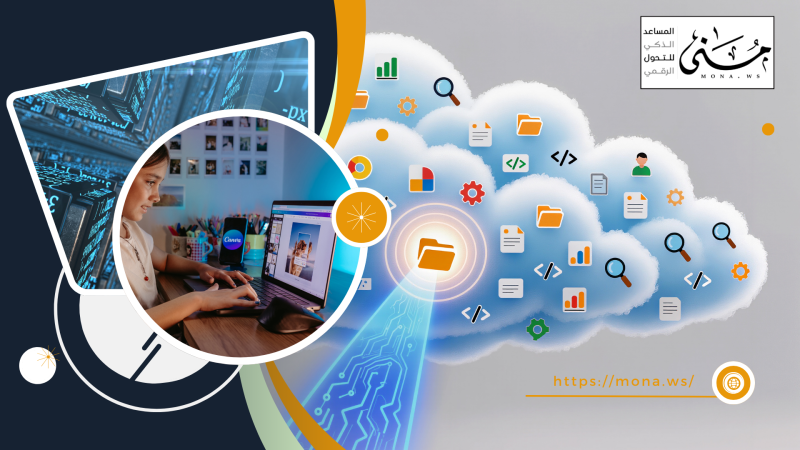
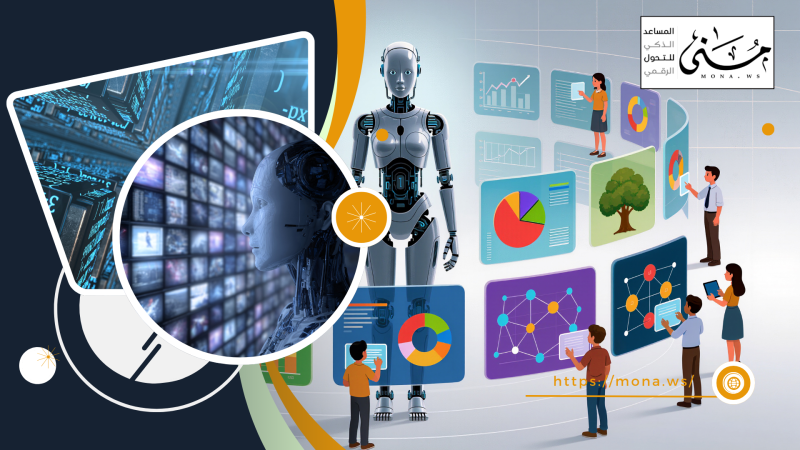
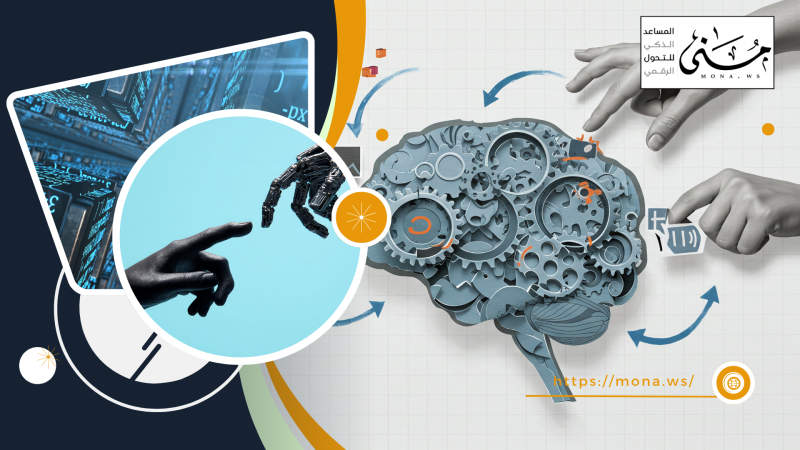
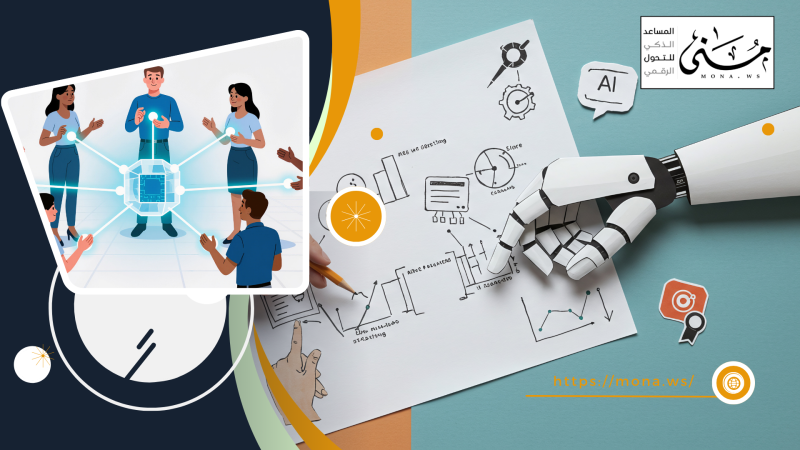
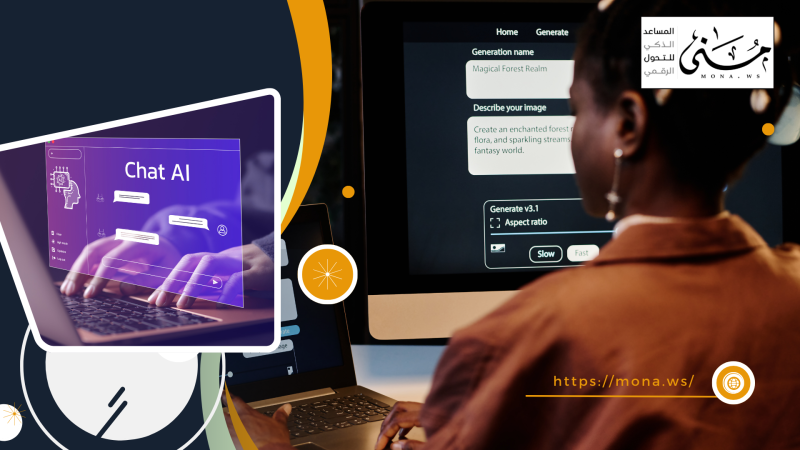
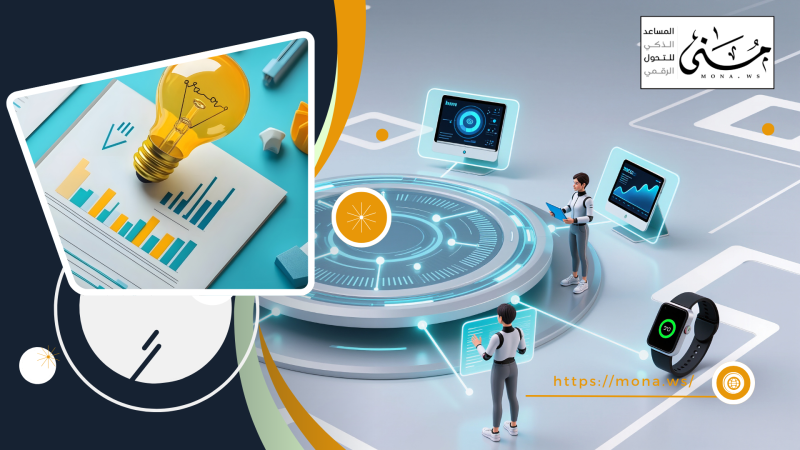
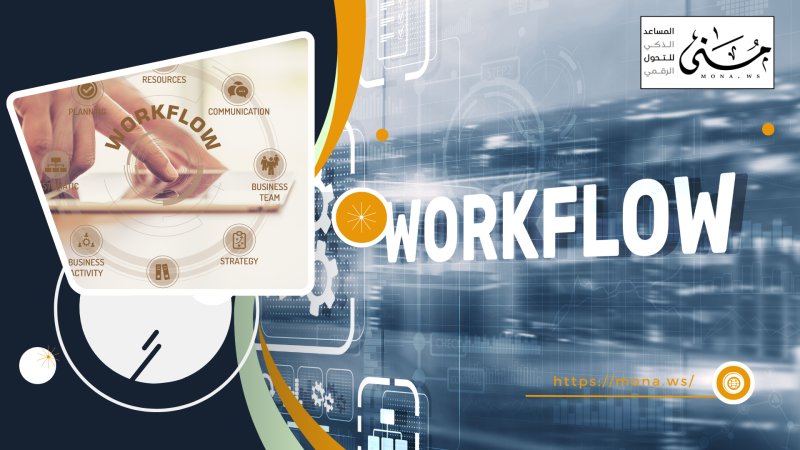
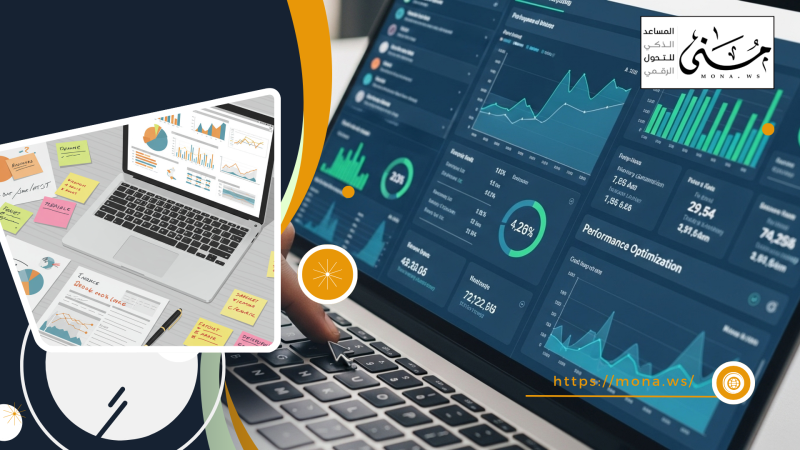


Comments
Add New Comment